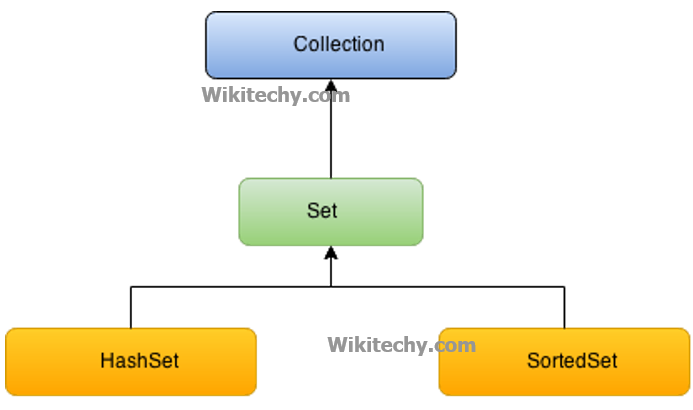A HashSet in Java is a part of the Java Collections Framework and is used to store unique elements. It internally uses a HashMap to store data, ensuring that duplicate elements are not allowed.
Definition
A HashSet is a collection that uses a hash table for storage. It implements the Set interface and uses hashing to manage and retrieve data quickly. Since it’s backed by a HashMap, each element in the HashSet is stored as a key in the underlying HashMap with a dummy value. This approach guarantees that each element in the HashSet is unique.

Internal Working of HashSet
- When an object is added to the HashSet, its hash code is computed by calling its hashCode() method.
- The hash code determines the bucket index where the object will be stored in an internal array called the bucket array.
- If multiple elements have the same hash code, they are stored in a linked list or a binary tree within the same bucket (based on the Java version).
- When a new element is added, the HashSet checks if the element is already present by comparing the hash code and then using the equals() method.
Example:
import java.util.HashSet;
public class HashSetExample {
public static void main(String[] args) {
// Create a HashSet to store integers
HashSet<Integer> set = new HashSet<>();
// Add elements to the HashSet
set.add(10);
set.add(20);
set.add(30);
set.add(20); // Duplicate element, will be ignored
// Print the HashSet
System.out.println("HashSet: " + set); // The order of elements is not guaranteed
// Check if a specific element exists
System.out.println("Contains 20? " + set.contains(20)); // Expected: true
System.out.println("Contains 40? " + set.contains(40)); // Expected: false
// Remove an element
set.remove(30);
System.out.println("HashSet after removal: " + set);
// Iterate over the elements of the HashSet
System.out.println("Iterating over the HashSet:");
for (Integer element : set) {
System.out.println(element);
}
}
}
Output:
HashSet: [10, 20, 30]
Contains 20? true
Contains 40? false
HashSet after removal: [10, 20]
Iterating over the HashSet:
10
20
Features of HashSet
- HashSet ensures that no duplicate values are stored.
- It does not guarantee the order of elements.
- It allows one null element.
- HashSet is not thread-safe by default.
- HashSet resizes its underlying array dynamically as the number of elements grows.
Advantages of HashSet
- Hashing provides constant-time performance for basic operations like add, remove, and contains.
- It’s an ideal choice for storing large datasets where duplicate elements are not needed.
- Provides a straightforward way to enforce uniqueness in collections.







